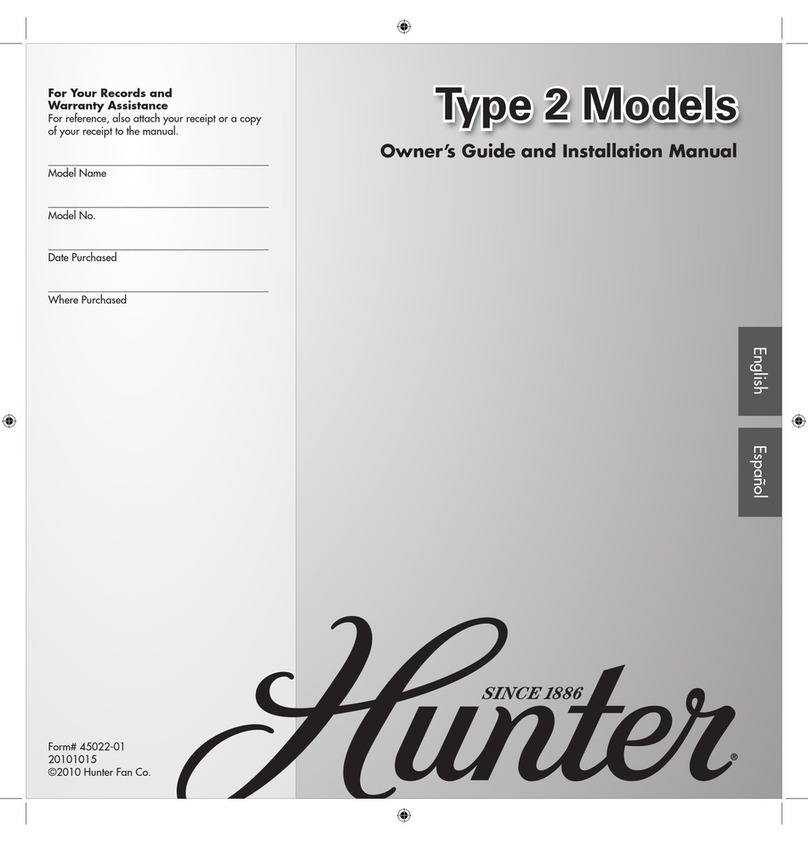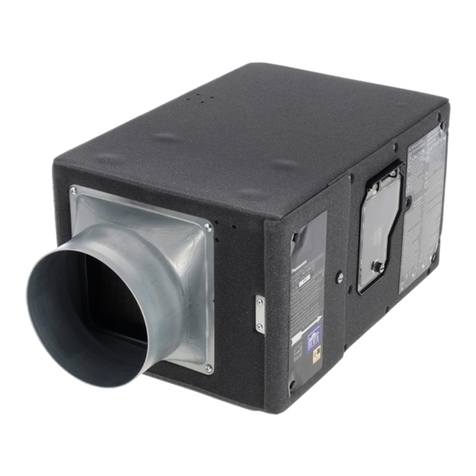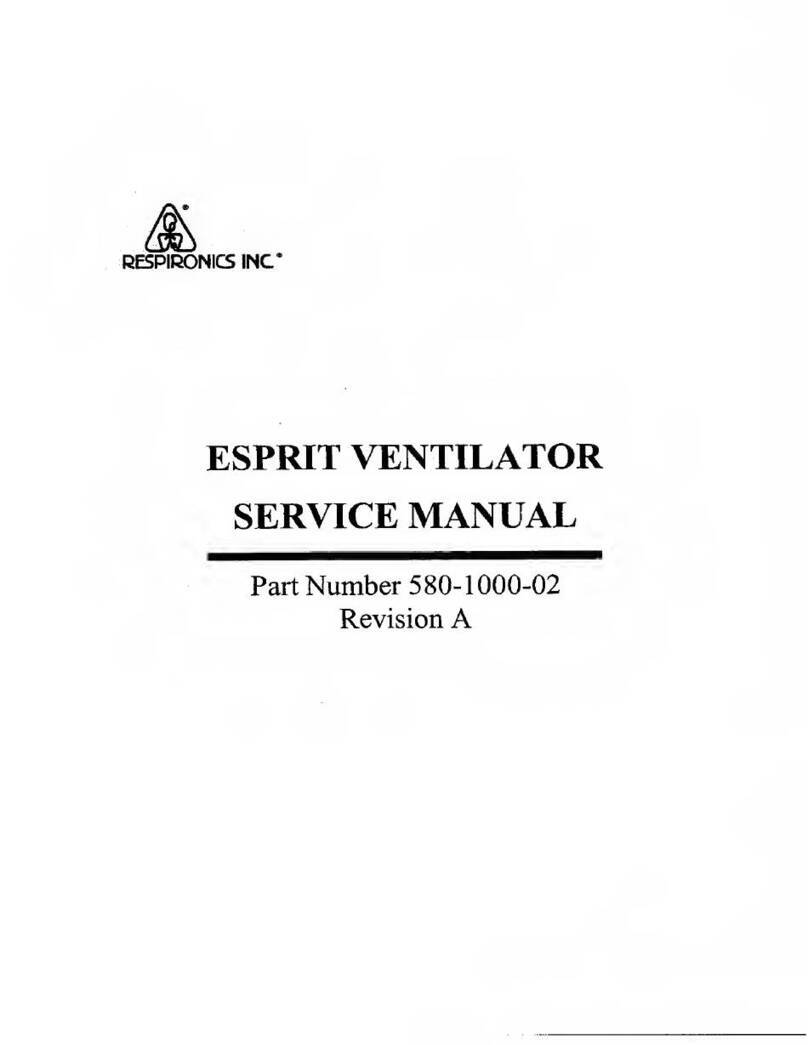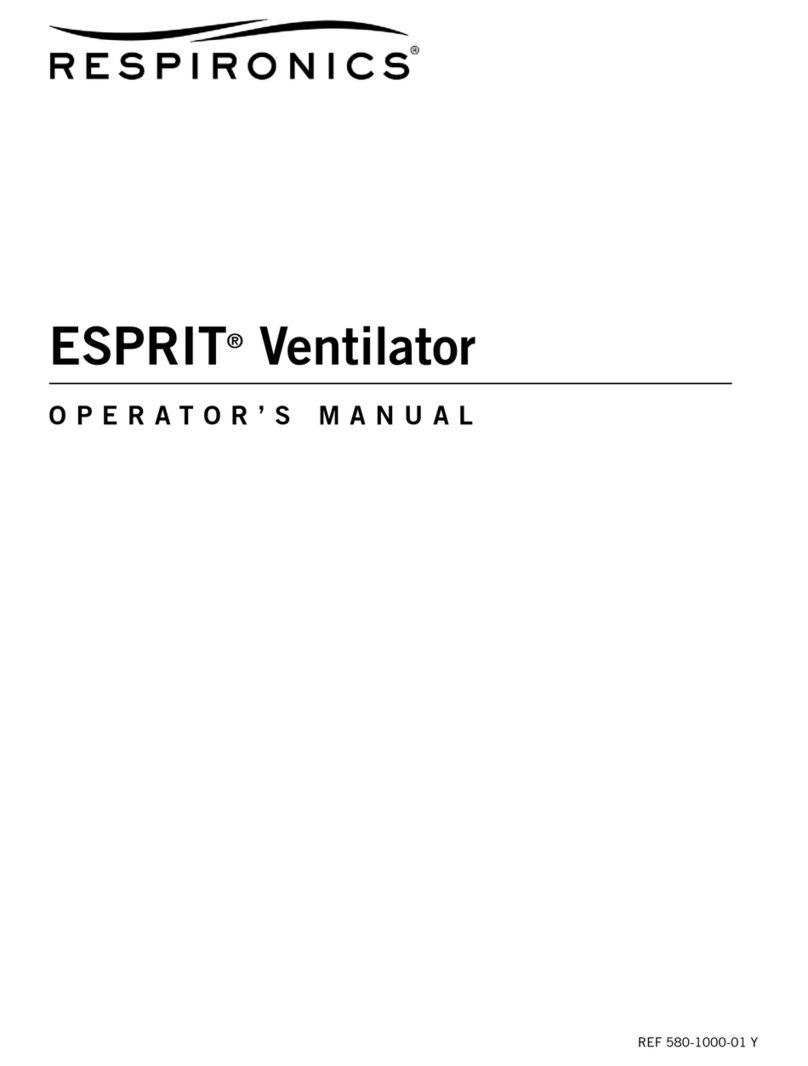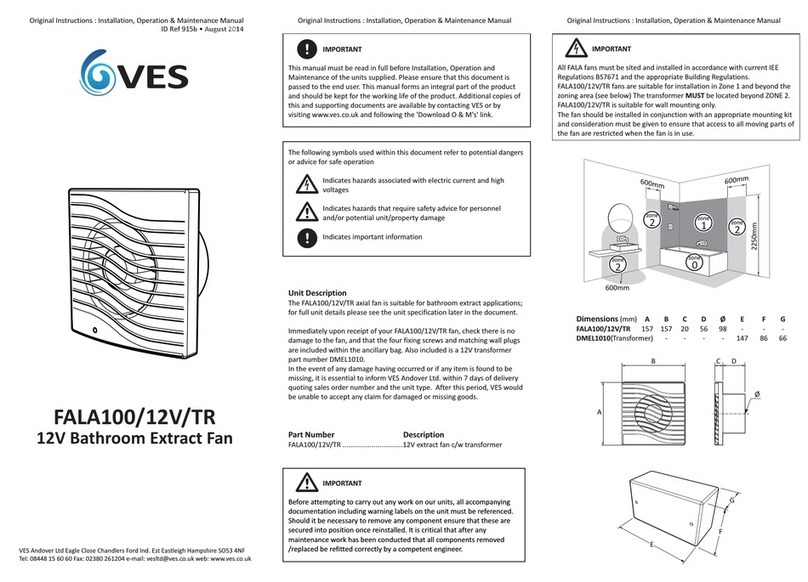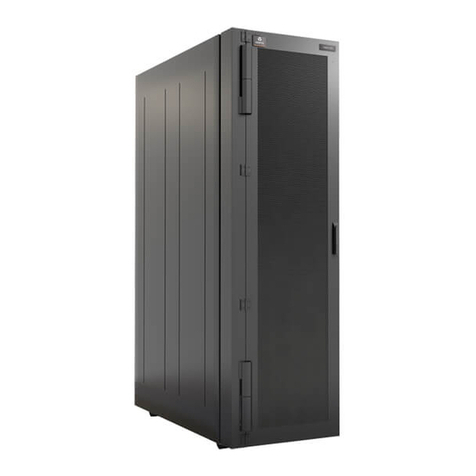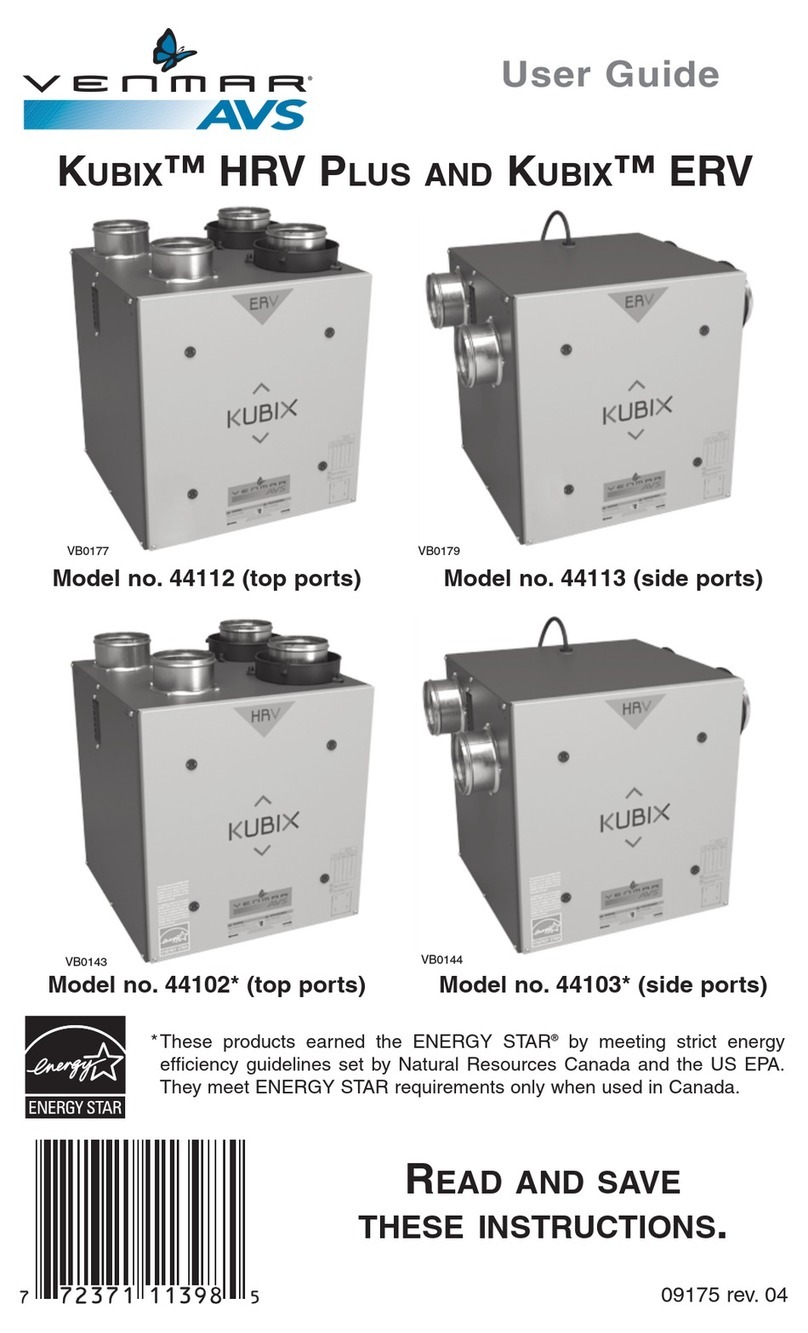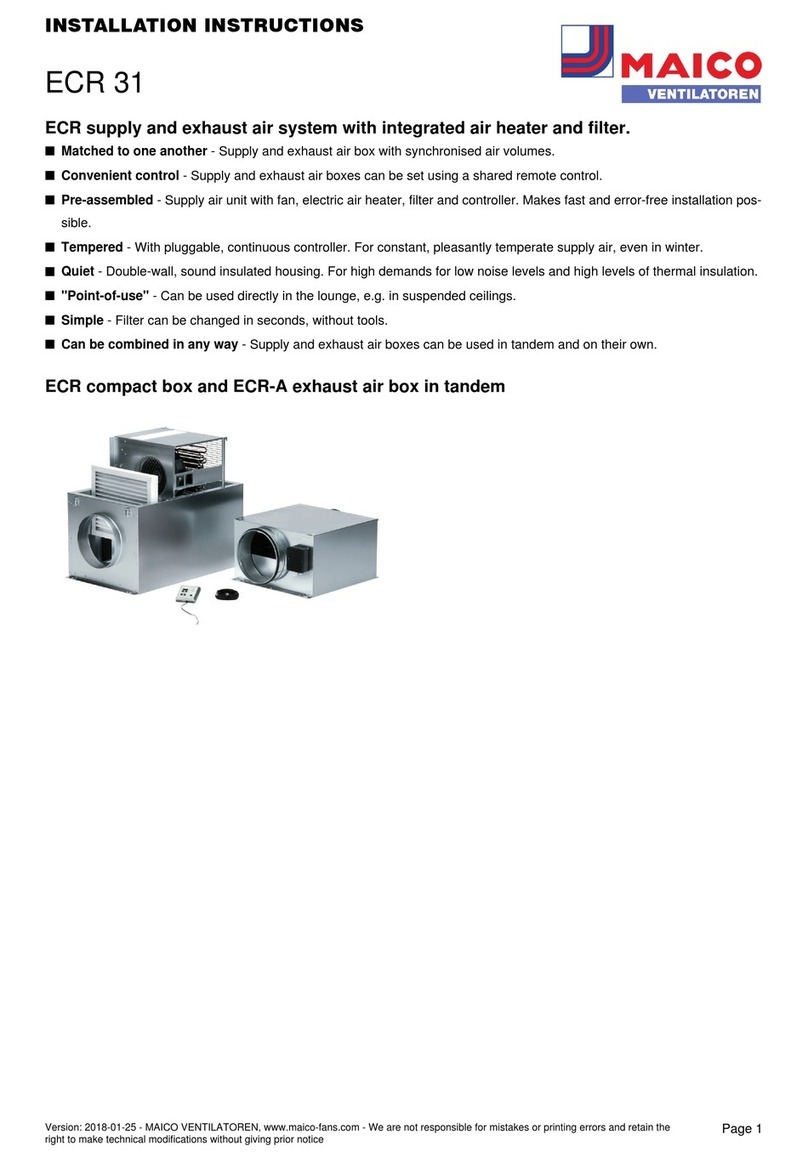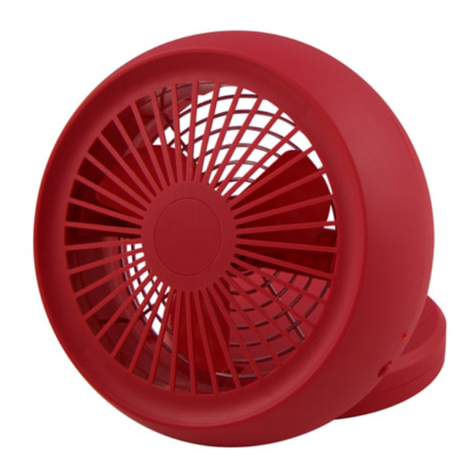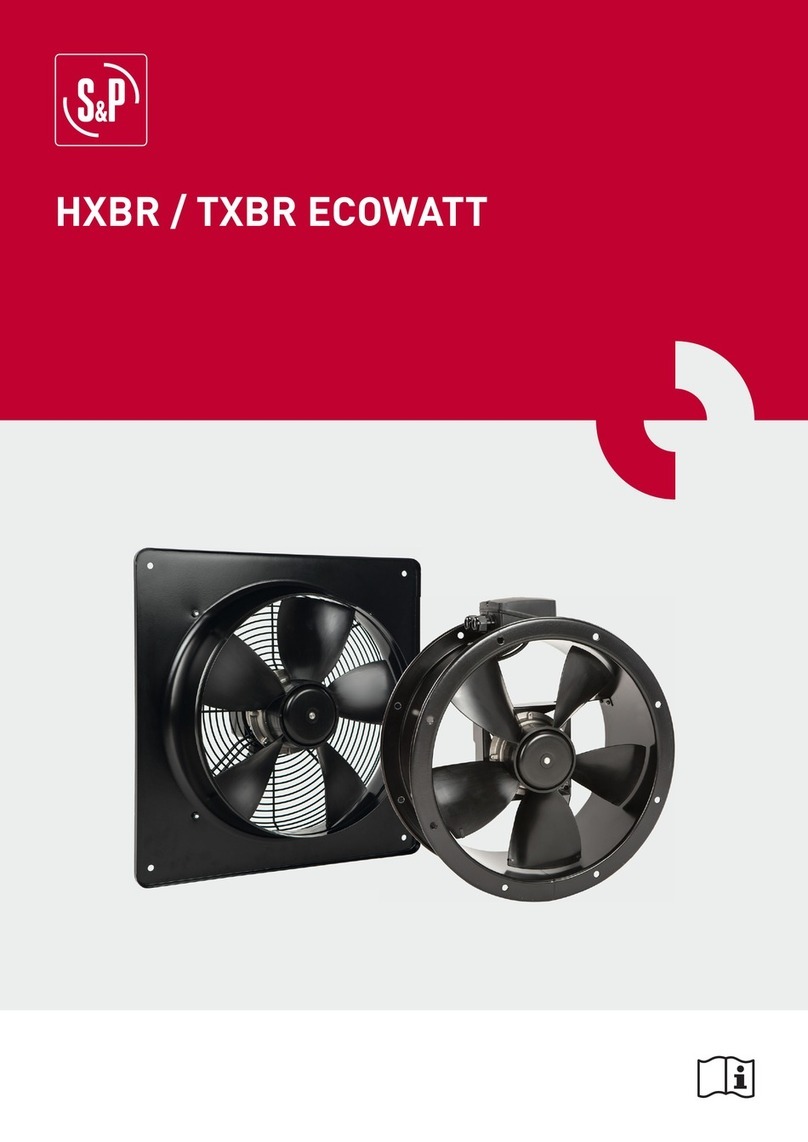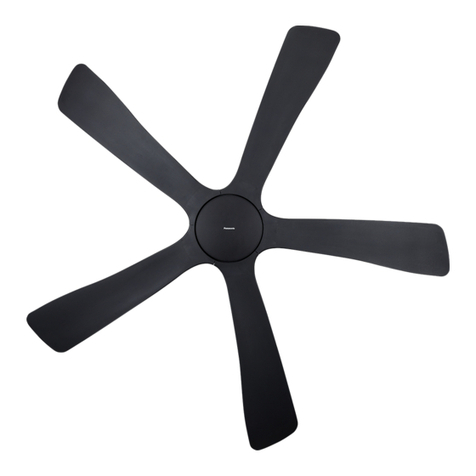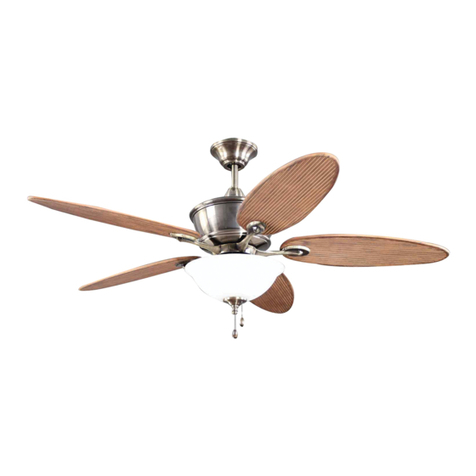
Chapter 1
1-2 BiPAP Focus Ventilator Service Manual © Respironics, Inc. REF 1029568 Rev B
Introduction and Intended Use
1.1 Tools and Test
Equipment
Table 1-1 lists the tools, test equipment, and materials required to service and
maintain the BiPAP Focus ventilator.
Table 1-1: Test Equipment, Tools, and Materials
Description Manufacturer and Model
Test Equipment
Digital multimeter (DMM) accurate to three decimal
places
Local supplier
Electrical safety analyzer Dale LT 5440 or equivalent
Flow source capable of providing up to 120 LPM of air
PC or laptop with:
• Windows XP or compatible operating system
• 9-pin serial communication port COM1 (or USB to
serial adapter assignable to COM1)
•USBport
• CD-ROM drive
• Internet connection
Local supplier
Pneumatic calibration analyzer capable of measuring
low pressure (cmH2O), flow rate (LPM), volume (liters
BTPS), and respiratory rate (/min).
Respironics P/N 1040310 or equivalent
Respironics utility software (required for calibrating
and testing BiPAP Focus ventilator)
Log on to
http:// my.respironics.com
to download utility software to a PC.
Ventilator Accessories
Connector, 22-mm (quantity 2) Respironics P/N 1002505 or equivalent
Coupling, silicone (qty. 2) P/N 500-1000-43
Flow control valve Respironics P/N 1006120
Inspiratory bacteria filter, 22-mm M/F (qty. 1) Respironics P/N 1014047
Oxygen enrichment adapter Respironics P/N 312710
Oxygen safety valve Respironics P/N 302418
Patient tubing, reusable, 18-in. (qty. 1) Respironics P/N 1003649
Patient tubing, reusable, 42-in. (qty. 1) Respironics P/N 1003643
Silicone cork Respironics P/N 1001735
Test orifice, BiPAP, 0.25-in. (qty. 1) Respironics P/N 332353
Hand Tools and Materials
Antistatic workstation 3M Model 725 or equivalent
Cable kit, BiPAP Focus, communications (USB and
serial cables)
Respironics P/N 1039800
Cable, BiPAP Focus, battery charging (NiMH to 9V
alkaline)
Respironics P/N 1040421
Cleaning cloth Local supplier
Isopropyl alcohol Local supplier
Mild detergent or antiseptic wipes Local supplier

